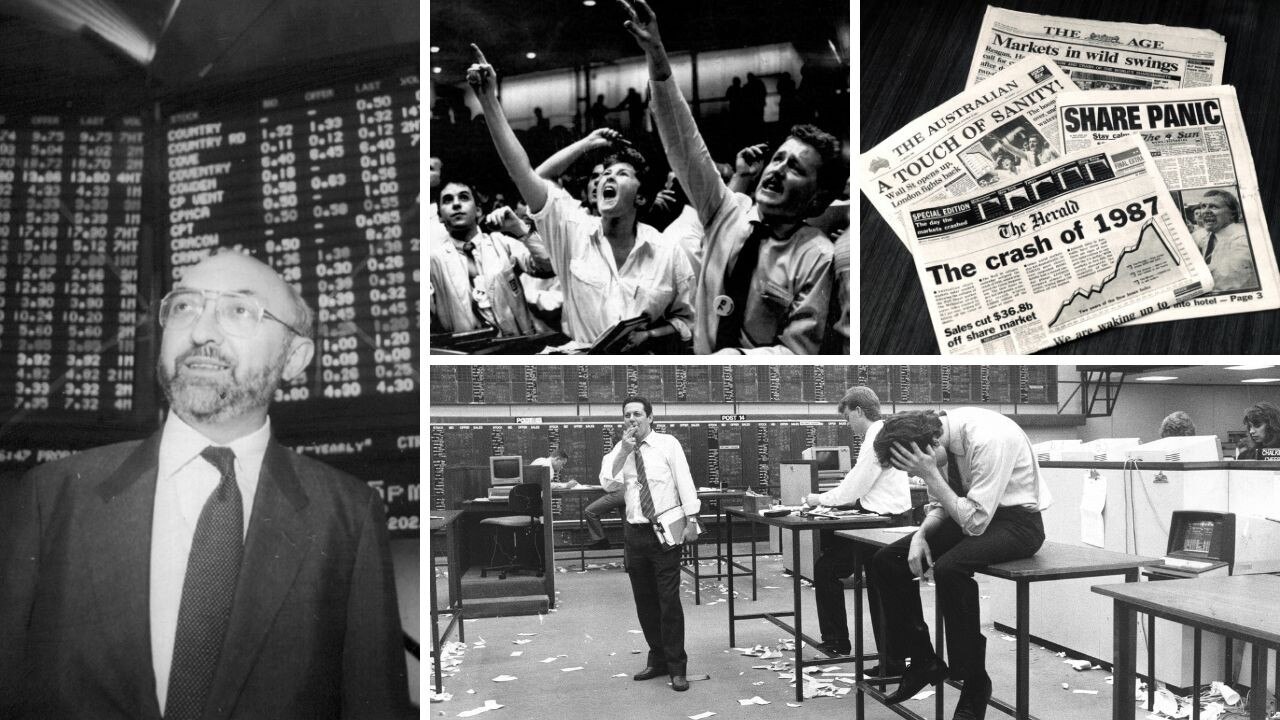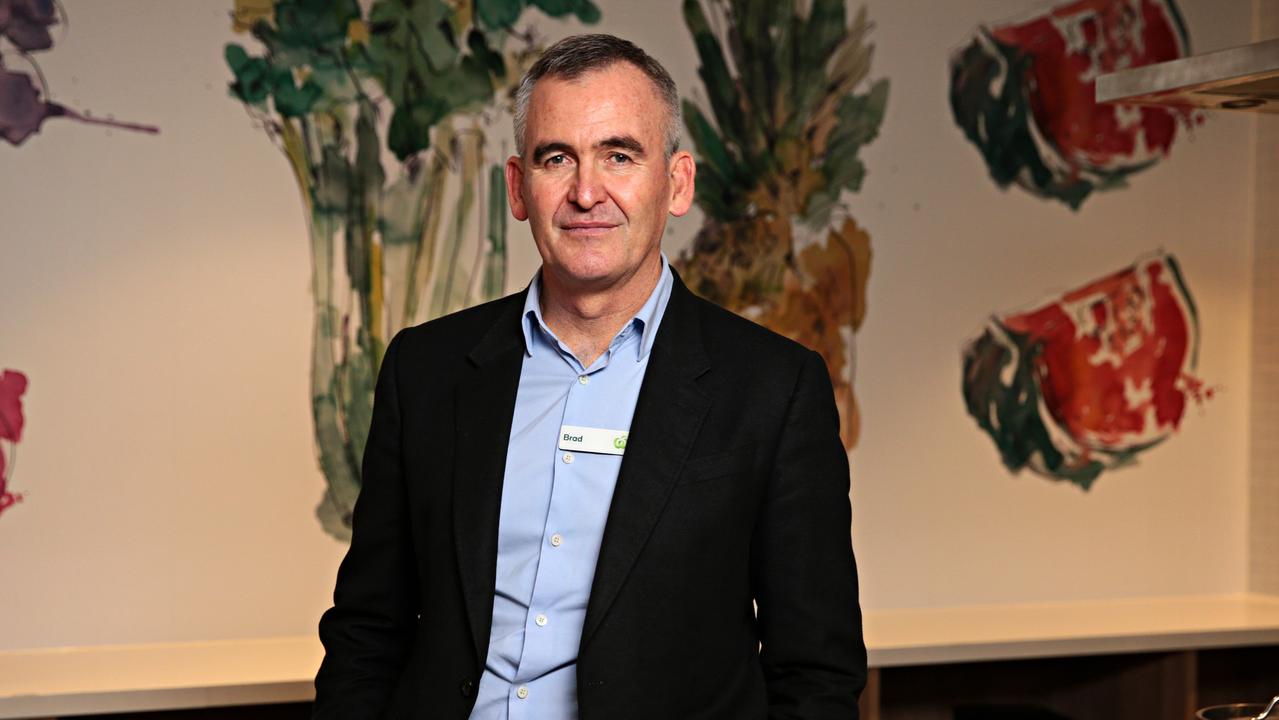Why the RBA has no option but to hike interest rates
Last week’s national wage decision takes us to the threshold of locking in a wage-price spiral and leaves the Reserve Bank zero choice but to hike rates again.
Terry McCrann
Don't miss out on the headlines from Terry McCrann. Followed categories will be added to My News.
Friday’s national wage decision takes us to the very threshold of locking in a wages-prices spiral and leaves the Reserve Bank zero choice but to hike rates again at its Tuesday meeting.
Yes, the 5.75 per cent and 8.6 per cent wage increases that were awarded apply directly only to a minority of workers – about one in four.
But what’s not been recognised is the punitive impact on business costs – and therefore added pressure on businesses to push up prices by at least high single digits and indeed closer to 10 per cent and so into double digits – of the one-two hit from the superannuation guarantee levy.
Employers don’t just have to pay the extra 5.75 per cent, and to far more workers the 8.6 per cent.
They also, of course, have to pay a further 10.5 per cent in super on those increased wages.
Then, in less than a month, come July 1, the overall super levy goes to 11 per cent.
All this means the 5.75 per cent hike will actually be more than 6 per cent and feel to a business closer to a 7 per cent increased whack.
While the 8.6 per cent increase will actually be just on 9 per cent and feel closer to 10 per cent.
Further, more generally, this wage decision will put further upward pressure on wages and salaries across the private and public sectors.
Indeed, our peripatetic Prime Minister has already conceded at least 4 per cent to federal public servants, and the new Labor government in NSW has removed any ceiling on its public sector wage increases.
Last week Reserve Bank of Australia governor Philip Lowe spelt out in brutal, crystal clear detail that a generalised wage increase across the economy of even just 4 per cent would make it impossible to get inflation down to 3 per cent, even by the leisurely path he’s desperately opted for, by mid-2025.
After Friday and the added cost of the rising superannuation levy, we face the very real prospect that the overall wages cost to business will approach, and maybe even exceed, 5 per cent, as businesses are forced to concede catastrophically big increases in the face of impending recession.
The RBA – and Australia – will be blown right off that “narrow path” to getting inflation down without sending unemployment rocketing.
In early 2022 Lowe and the RBA were too slow to understand and then respond to the problem of accelerating inflation.
The RBA is arguably still way behind the curve.
Its official rate – before Tuesday – is 3.85 per cent.
That’s disturbingly way below inflation, which remains stickily at the level of 6 per cent plus.
The RBNZ, with very similar inflation, has its interest rate at 5.5 per cent after hiking two weeks ago.
Even in the US, where inflation has fallen below 5 per cent, the Fed has its rate just over 5 per cent.
Our RBA now runs the serious risk of falling even further behind, of letting inflation kick away.
This time, the damage would be far, far worse – inflation starting at 6 per cent plus, wages at 5 per cent plus.
And so, the interest rate pain needed is really brutal.



